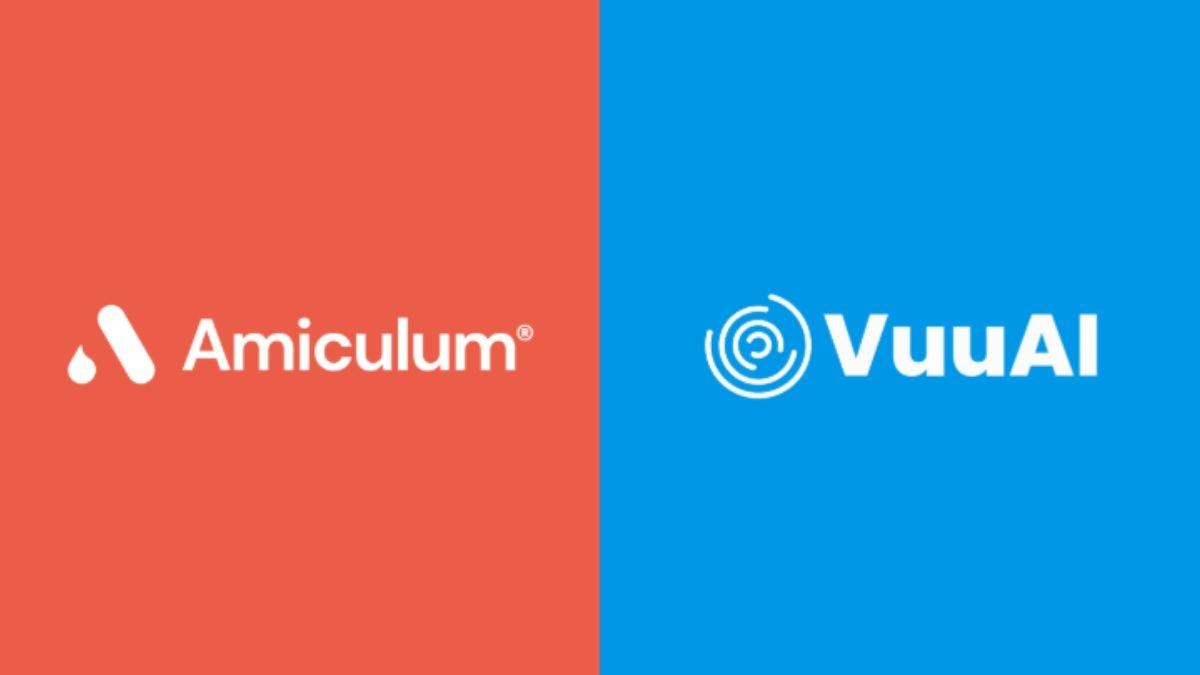Key trends shaping pharmaceutical operations in 2025

2025 will be a challenging year for many sectors with multiple headwinds, and the pharmaceutical industry is no exception.
The industry is grappling with significant market shifts amidst emerging technologies and changing demands. Companies are now producing increasingly personalised and sophisticated therapies, integrating advanced technologies like AI into manufacturing and logistics processes, and adapting to a changing workforce.
Rising international tensions
In 2025, just like in 2024, international tensions between economic blocs seem bound to persist and flare up frequently, prompting governments to prioritise secure, resilient supply chains through regulations such as the US Drug Supply Security Act or the EU’s 2024/1860 regulation. Agility will be the watchword in this new age. Navigating trade barriers, tariffs, and legislation like the US BIOSECURE Act, which bans suppliers linked to “foreign adversaries”, will require constant recalibration.
Unlike other industries, pharmaceuticals are unlikely to de-globalise or shift heavily toward regional production. Instead, companies are embracing growth strategies, such as mergers, acquisitions, and asset swaps. With global CAPEX growth stabilising (Europe CAGR 5.4%, U.S. 15.4%), the focus is shifting from building new facilities to optimising and expanding existing ones.
Collaboration is another cornerstone of resilience. Cross-industry partnerships allow for shared resources and efficiencies, but they also present compliance challenges when extending across broader ecosystems. Centralised supply chain towers, which provide visibility and control, are becoming indispensable for managing these complexities and mitigating risks.
Cyberattacks will make the headlines once again
In 2025, cybersecurity will remain a pressing issue for the pharmaceutical sector. The adoption of digital tools like remote monitoring and big data analytics has increased vulnerabilities, particularly when combined with outdated systems. Moreover, the interconnected nature of supply chains means the ripple effects of a breach can be felt across the value chain.
The 2024 cyberattack on Cencora, which disrupted operations at 11 major companies, underscored this risk. In response, regulators are tightening compliance standards. The EU’s NIS2 directive, effective since late 2024, subjects healthcare and pharmaceutical manufacturers to strict cybersecurity mandates.
Gaps, however, still exist. In the EU, 10% of companies in the sector lack a vulnerability management plan, and nearly a quarter focus only on IT assets, neglecting operational technology (OT). An industry-wide shift to strengthen OT cybersecurity and improve inventory and vulnerability management is required in order to bridge these gaps.
Efficiency, rather than growth, will underpin technology adoption
This year, manufacturers will also vie to seize the opportunities offered by new modalities. As demand for RNA/DNA-based drugs, cell and gene therapies, and antibody-drug conjugates grows, manufacturers are dealing with new challenges: smaller batch sizes, more complex processes, and rising costs.
However, this shift could coincide with mounting financial pressures. High interest rates, fluctuating government funding, and fiscal tightening in Europe are leading companies to prioritise efficiency over expansion.
One area ripe for improvement is information management. Documentation activities consume up to 30% of staff time, a situation due in part to the large volume of manual entries, while manufacturers struggle to digitise and integrate key data sources like maintenance records and IoT inputs.
Manufacturers like Bayer are increasingly adopting digital twins to use for their information management and “single source of truth”, with several benefits: streamlining decision-making, improving data management, and eliminating data silos between operations, to name a few. In 2025, we expect a growing number of organisations to also use these twins to measure their emissions and track their progress toward their net zero targets.
Industry players are also placing great hopes in AI and machine learning to realise value from their previous investments in cloud and digital transformation. Machine learning holds promise for a wide range of applications, from inventory optimisation to quality management. Predictive maintenance is gaining significant attention as a tool for ensuring preemptive control over manufacturing systems. Programmes like the US FDA’s Quality Management Maturity initiative reflect the industry’s push for process improvements and a broader cultural shift toward quality-first operations.
A growing challenge posed by ageing workforces
While an ageing global population may drive demand for pharmaceuticals, it also mirrors an internal problem: the sector’s workforce is ageing too. In the US, over one-third of pharmaceutical manufacturing employees are over 50, and the share of workers over 60 has tripled in eight years. Attrition compounds the issue, with 40% of workers globally considering leaving their roles since 2021.
Digital expertise is another pain point. The industry faces a 14% gap between job openings and qualified candidates. In order to address the gap, companies are ramping up investments in upskilling programmes, flexible work models, and knowledge transfer initiatives. Many are also turning to digital tools, such as natural-language interfaces and procedure management platforms, to capture institutional knowledge and flatten learning curves for new hires. These tools are critical to ensuring that expertise isn’t lost as veteran employees retire.
As the pharmaceutical industry heads into 2025, it will need to rejuvenate its operating model, manufacturing processes, and workforce. If only there were a pill for that…
About the authors
 Michael Burkhard is executive industry consultant for pharma and life sciences at Hexagon’s Asset Lifecycle Intelligence division. He possesses over two decades of experience in asset management and operational systems, with a particular focus on ensuring regulatory compliance, improving asset performance, and reducing downtime. Burkhard has a proven track record in developing tailored enterprise solutions that address complex challenges, including adherence to strict industry standards like CFR 21 Part 11 and cGMP.
Michael Burkhard is executive industry consultant for pharma and life sciences at Hexagon’s Asset Lifecycle Intelligence division. He possesses over two decades of experience in asset management and operational systems, with a particular focus on ensuring regulatory compliance, improving asset performance, and reducing downtime. Burkhard has a proven track record in developing tailored enterprise solutions that address complex challenges, including adherence to strict industry standards like CFR 21 Part 11 and cGMP.
 Amr Eltablawi is senior industry consultant at Hexagon Asset Lifecycle Intelligence, focusing on digital transformation and enterprise solutions in industrial organisations. He leads initiatives to optimise asset management, operations, and maintenance, leveraging technologies like AI, IoT, and digital twins to drive productivity and ensure regulatory compliance. With over 20 years of experience, Eltablawi has held leadership roles in global companies including Honeywell, Siemens Gamesa, and GE Energy. He holds a BSc in Electrical Engineering from Ain Shams University and an MBA from the University of Phoenix.
Amr Eltablawi is senior industry consultant at Hexagon Asset Lifecycle Intelligence, focusing on digital transformation and enterprise solutions in industrial organisations. He leads initiatives to optimise asset management, operations, and maintenance, leveraging technologies like AI, IoT, and digital twins to drive productivity and ensure regulatory compliance. With over 20 years of experience, Eltablawi has held leadership roles in global companies including Honeywell, Siemens Gamesa, and GE Energy. He holds a BSc in Electrical Engineering from Ain Shams University and an MBA from the University of Phoenix.











